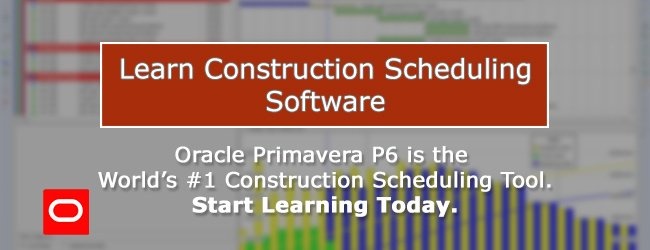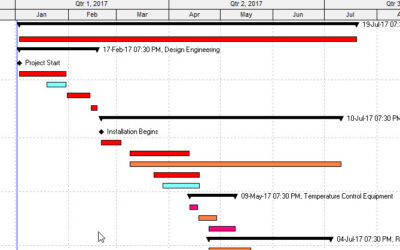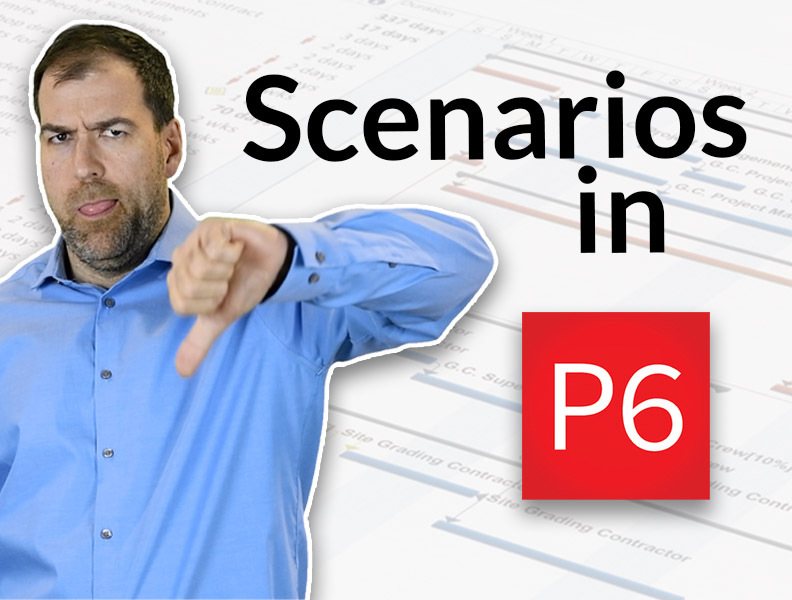6 Tips To Minimize Bidding Mistakes
Bidding mistakes and critical errors are the most common issues when reviewing proposals and bids. Estimators and project managers spend countless hours behind the desk, completing their assessment to fail in the simplest things during the bidding process.
This article presents the most common bidding mistakes and how to avoid them from happening. I can’t bid for you but once you have read these tips, you will be better positioned to get the right numbers in front of the contracting officer.
1. Look at the Units
Every bid template contains the unit that the contracting officer would like to view the elements or units that made up the project. It is very common for estimator to bid in terms of linear meter instead of feet, sq. ft. against sq.mt. and so forth.
The bid template might ask for certain information although the drawings could have been designed using another measuring units. Be sure to verify and confirm with the officer that the right units are being used.
2. The Technology
Many companies tend to use bidding software that can facilitate the work during estimating, at least that’s what they think. As technology evolves, so the companies, and perhaps you want to try the latest pieces of software for a specific project.
Well, be aware that with changes there is also a learning process, and not necessarily something that will be in your favour. Many bidding mistakes are due to software issues so before you start using your new tool, make sure you have analyzed and tried the new software before bidding.
3. Forms and Templates
This mistake is one that can easily happen to you. Companies use specific forms and templates, so they can compile and review the bids faster, but what happens when you fail to fill them? You are not fulfilling the bid requirements and even you have put the best effort, because of the process you are technically not in compliance with the bidding process.
Bidding mistakes like this one can be avoid, if you use a bid checklist. Start by reading all the RFP and assign the estimator to develop a bid template checklist so you can check that all documents are filled and ready to be submitted.
4. Do and Due Diligence
Failing to visit the site is one of the most typical reason causing bidding mistakes. Make sure you attend the pre-bid meeting and your estimator is familiarized with the site. Unforeseen conditions (not the ones really unforeseen) can be documented when the right personnel visit the site.
Catching some items, issues and other pre-planning activities required to develop a single activity affect your bids and are common bidding mistakes. Similar to the previous item, develop a pre-bid checklist to capture soil conditions, existing structures, permitting issues, access, infrastructure, overhead power lines, site restrictions and other items that will add cost to your project.
5. Out of Gas?
Equipment and tools are items generally overlooked and not captured in the bid template. Adding cost, lube and maintenance costs to the bid template is not only necessary but it can add up to 5% of cost to the project, so be sure to add those costs to avoid bidding mistakes. Replacing tool costs, or parts or even just maintenance are additional costs to be taking into consideration during the process.
Remember a drill is not useful without drill bits and a nail gun, needs nails to function. Also, these tools will need power so plan on adding the costs of power cords, batteries or fuel when necessary.
6. Labour
Many bidding templates exclude line items for labour costs, assuming that most of the work is done by subcontractors. But what happens when you are self-performing? You will need to account for labour burdens, insurances, benefits and all soft costs related to labour.
Make sure you have a clear understanding of these costs and set some time to discuss with your payroll department or have them provide those numbers to you. The amount of fringe benefits can be as high as 40% of the labour costs and these are the bidding mistakes you need to avoid.
The list can go on forever, adding issues like simple math or insurance or even perhaps all general conditions costs that are not accounted for. Bidding mistakes are more common than usual and are critical to your business.
Ideally, establish a process that uses checklist to capture all and other issues to minimize your bidding mistakes.
Good luck in your next bidding process.






